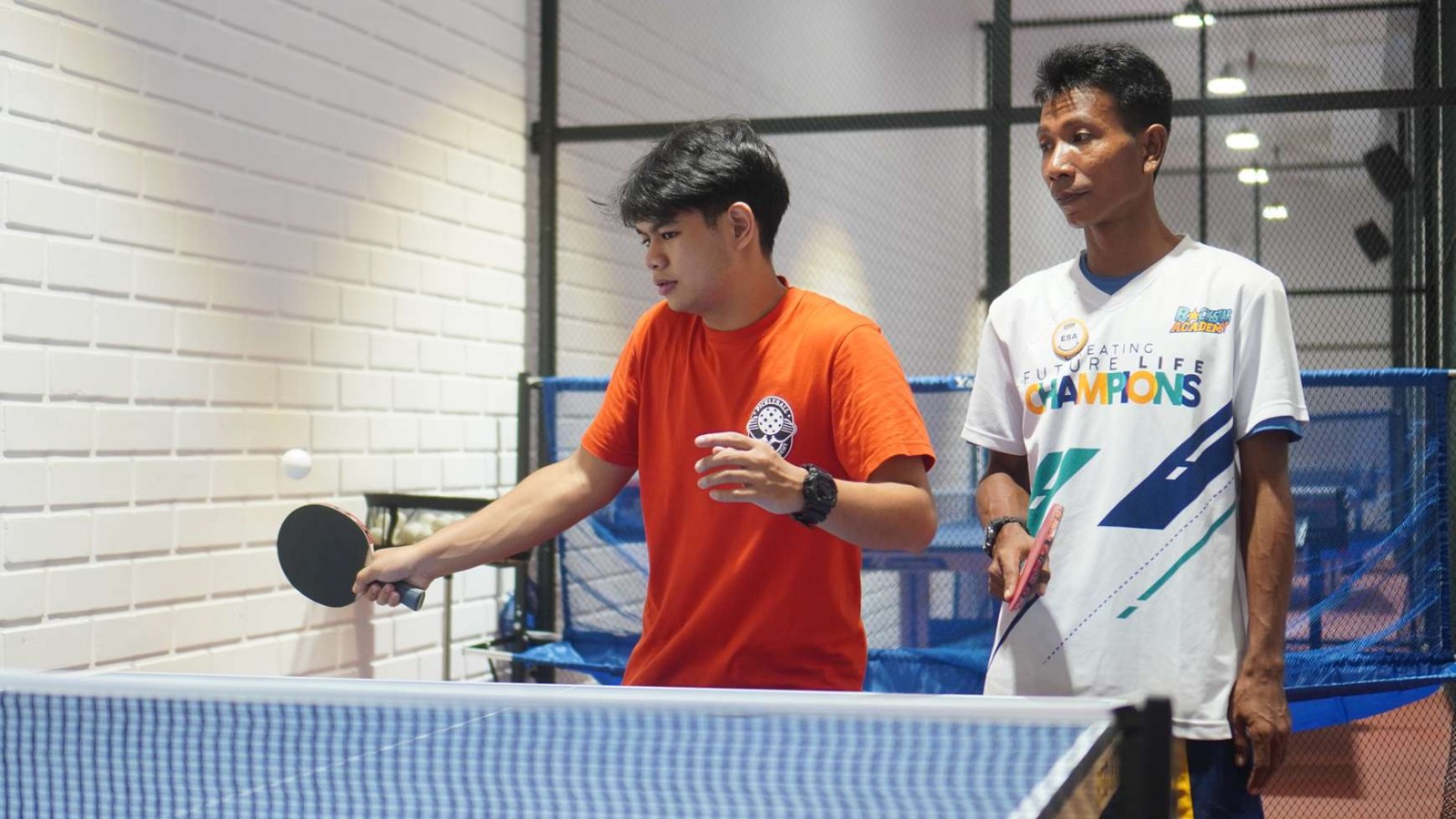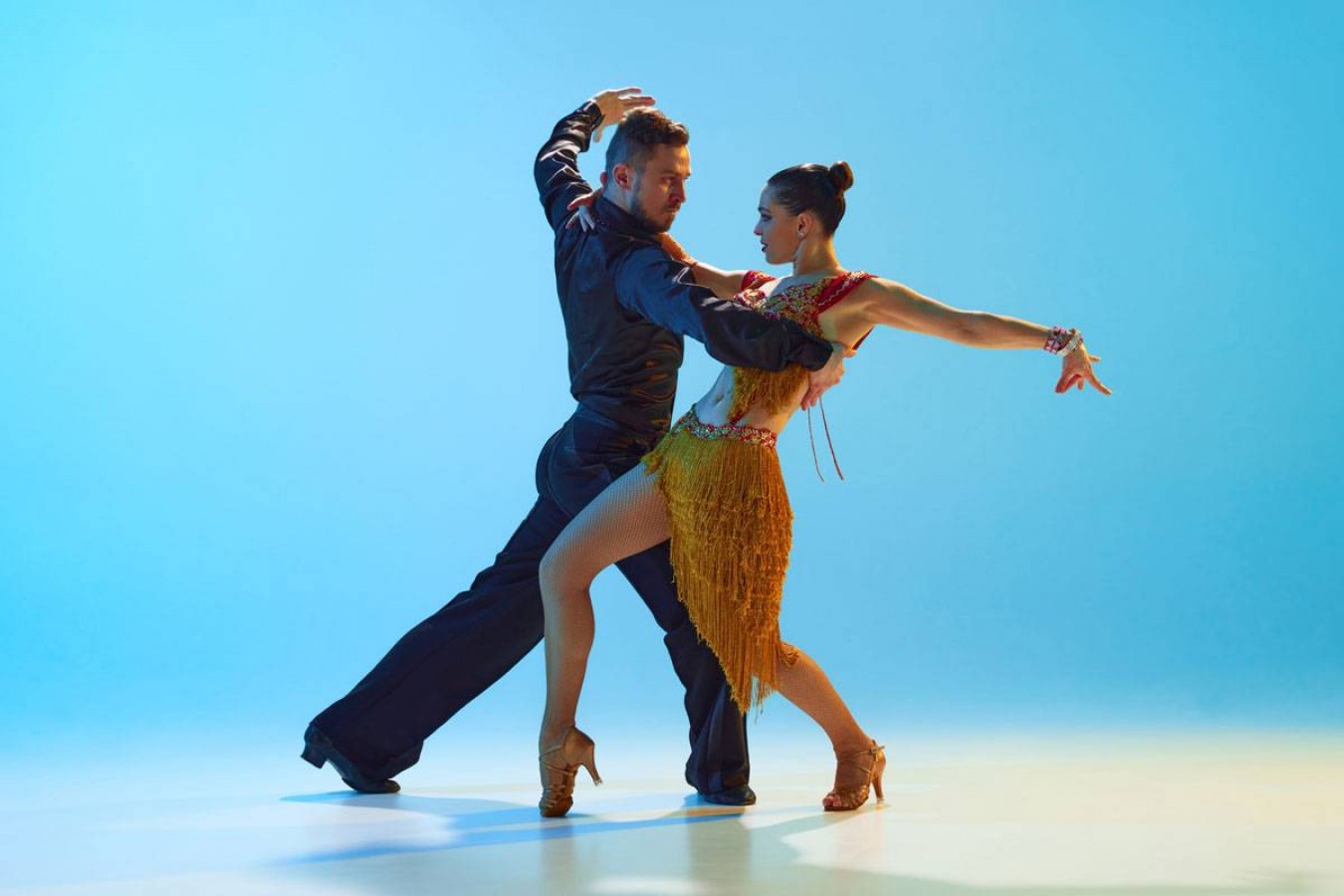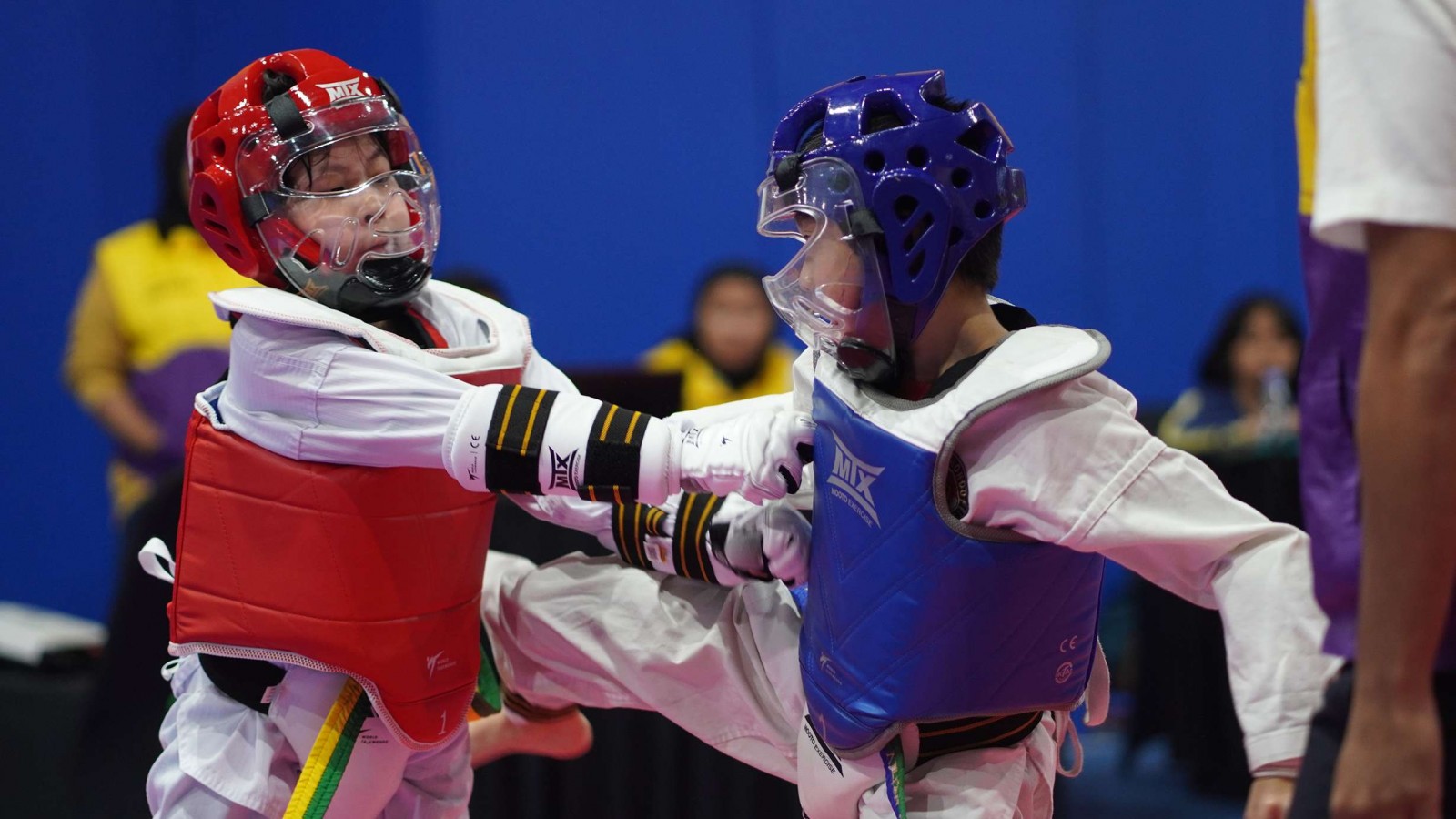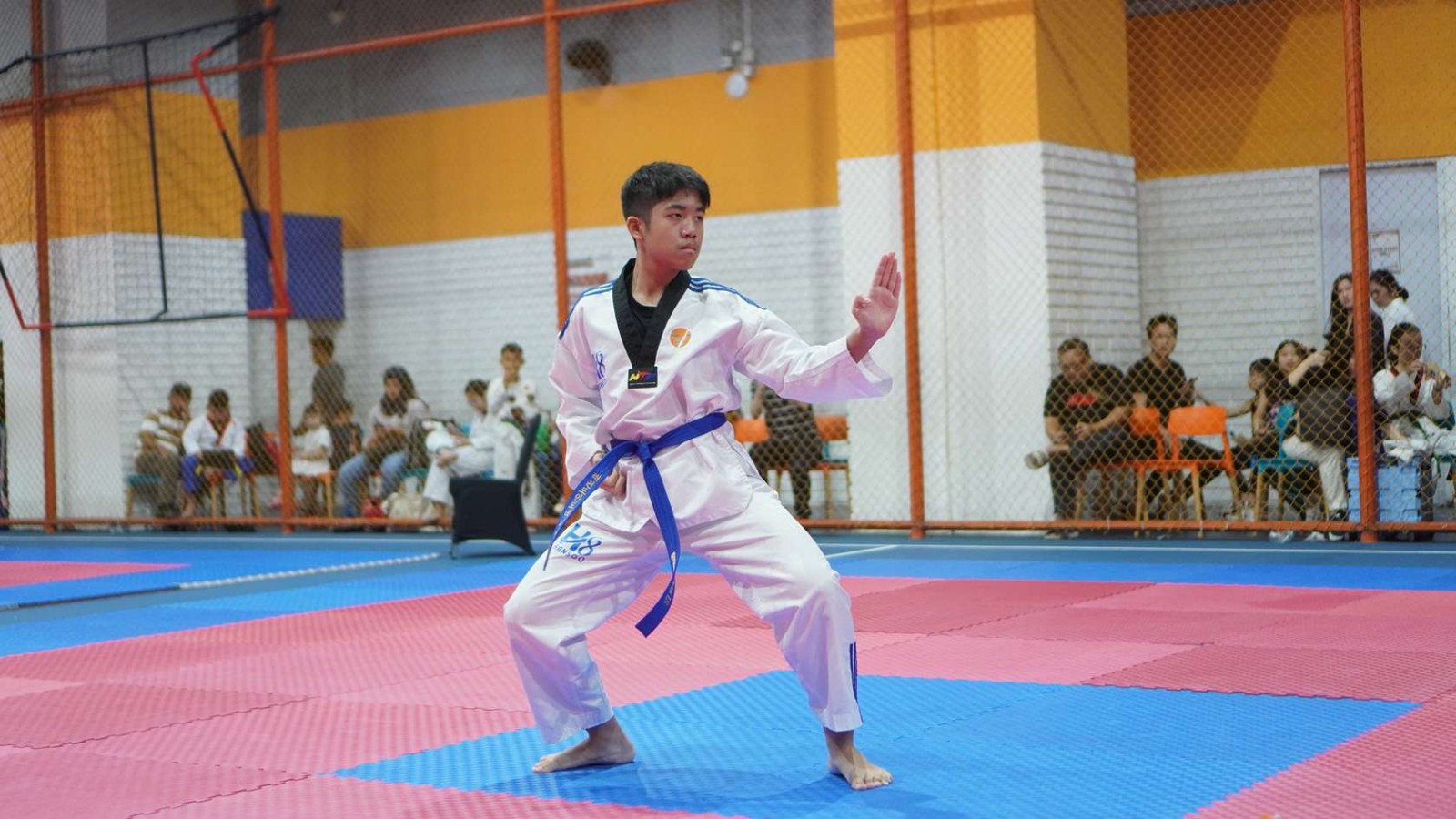How to Master the Ping Pong Forehand: A Comprehensive Guide

Ping pong, or table tennis, is a fast-paced and exhilarating sport that demands precision, agility, and skill. Among the various strokes in table tennis, the forehand is arguably one of the most crucial. Mastering the ping pong forehand can significantly enhance your game, making you a more formidable opponent.
In this comprehensive guide, we will delve into the essentials of executing a powerful and accurate ping pong forehand. We'll cover everything from the proper stance and backswing to the strike and finish, ensuring you develop a technique that's both effective and consistent.
How to Play a Forehand in Ping Pong
Playing a forehand in ping pong is one of the most fundamental yet powerful skills you can master. It’s the shot that often sets the tone for a rally, allowing you to dictate the pace and placement of the ball. To execute an effective forehand, you'll need to focus on several key elements:
1. The Stance
To begin with the forehand in ping pong, position your feet slightly wider than shoulder-width apart for stability. For right-handed players, place the right foot slightly back compared to the left.
Maintain a slight bend in your knees and lean your body slightly forward to stay balanced and ready. Both arms should be extended in front of you with a 90-110 degree bend at the elbows.
Stand close to the table, approximately an arm's length away. Ensure that your weight is evenly distributed on both feet, focusing on the balls or toes rather than the heels, which helps in quick movements and stability.
2. The Backswing
During the backswing, rotate your body to the right from the hips, allowing your elbow and bat to follow the movement. As you do this, the bat’s angle should close to prepare for the strike.
Shift your weight onto your back foot, right foot for right-handed players. It's crucial that your body initiates the movement, not just your arm, to generate a fluid and powerful swing.
3. The Strike
When executing the strike, rotate your hips and shoulders forward to meet the ball. As your body moves, your arm should move forward in tandem. Accelerate your forearm slightly at the point of contact, akin to a military salute, to impart the necessary speed and spin.
Transfer your weight to the front foot, left foot for right-handed players. Maintain a closed bat angle throughout the shot. Aim to strike the ball at the peak of its bounce and directly in front of you, ensuring a small gap between your elbow and body for effective control.
4. The Finish
In the follow-through, continue moving forward and upward with your bat. The finish should align roughly with the direction in which you hit the ball. After completing the shot, quickly return to the ready position to prepare for the next play.
This smooth transition ensures you’re always in a position to react effectively to your opponent’s return.
Ping Pong Forehand Drills
To refine your ping pong forehand and build consistency, engaging in targeted drills is essential. These drills are designed to enhance your technique, improve timing, and develop muscle memory. Here are some effective forehand drills to incorporate into your training routine:
A. Forehand Drives and Loop Drills
Forehand drives and loop drills focus on enhancing power, control, and consistency in your forehand shots.
Start close to the table, using a comfortable grip and a backhand motion to send the ball, then pivot on your back foot to execute the forehand.
Repeated practice will help you generate better power and spin, improving your overall technique.
B. Forehand Counter-Drive Drills
Forehand counter-drive drills are designed to improve your reaction time and decision-making. Begin in a neutral stance and respond to various shots from your opponent with a counter-drive using your forehand.
This drill helps you react quickly and adjust to different types of shots, increasing the effectiveness of your counters.
C. Forehand Footwork Drills
Forehand footwork drills enhance your movement efficiency around the table for better positioning. Start in one corner and move quickly to respond to your opponent’s shots, focusing on rotating your body to generate power.
As you advance, practice from various distances and angles to refine your footwork and shot accuracy.
Common Mistakes to Avoid
When mastering the ping pong forehand, avoiding common mistakes is crucial for improving your technique and performance. Even experienced players can fall into the trap of poor habits that hinder their effectiveness.
1. Ensure Weight Transfer
A common mistake is failing to transfer weight from the back foot to the front foot during the strike, resulting in an imbalance where the upper body moves forward while the lower body shifts backward.
Proper technique requires a smooth weight transfer to generate power and maintain stability.
2. Rotate from Your Hips
For an effective forehand drive, rotate from your hips rather than your shoulders. Relying solely on shoulder rotation can limit power and fluidity, making your movement appear mechanical and less dynamic.
3. Maintain Elbow Gap
Keeping a gap between your elbows and body is crucial for effective rotation and power. Tucking the elbows too close restricts movement and reduces the strength of your shot.
4. Body Movement Drives the Arm
The arm should follow the body's rotation, not initiate the swing. Beginners often swing their arm independently, but effective forehand drives require the body’s rotation to drive the arm, ensuring better control and power.
5. Keep Wrist Straight
Avoid dropping your wrist during the forehand drive, as this can make the shot harder to control and less forceful. Maintaining a relatively straight wrist helps in accurate and powerful ball strikes.
6. Finish with Proper Bat Position
Conclude your shot with the bat pointing towards where you hit the ball, rather than over-rotating or ending up with the bat across your body. A proper finish with the bat in front ensures control and precision in your shot.
7. Contact at the Peak of the Bounce
Always aim to strike the ball at the peak of its bounce for a forehand drive, rather than waiting for it to drop. Hitting the ball at its highest point ensures a more effective and consistent drive.
8. Keep the Bat Angle Closed
Maintain a closed bat angle throughout the stroke; avoid altering the angle during the shot. Starting with a neutral bat angle and adjusting it during the swing can lead to poor shot execution and inconsistency.
Transform Your Shots into Powerful Winners!
Mastering the ping pong forehand is essential for elevating your game and gaining an edge over your opponents. As you implement the strategies outlined in this guide, remember that improvement comes with dedication and repetition. Embrace the learning process, stay patient, and watch as your ping pong forehand transforms into a formidable weapon on the table.
Unlock your full potential with our dynamic Ping Pong Program, where precision meets passion. Our comprehensive training at the Sports & Performing Arts Academy equips you with advanced techniques and strategic insights to excel in every match.
As you develop your skills, you'll prepare for thrilling challenges like the RockOlympics, showcasing your prowess on a prestigious stage. Experience world-class coaching, cutting-edge facilities, and a supportive environment that fosters growth and excellence.
To get started, take advantage of our exclusive Ping Pong free trial, available for a limited time at Rockstar Academy!
FAQ
How to get topspin in ping pong?
Apply forward and upward motion with the paddle while brushing the ball. Use a closed bat angle and ensure your wrist is slightly angled to impart spin.
How do you hold a forehand grip in table tennis?
Hold the paddle with your index finger and thumb forming a "V" shape on the handle, while your other fingers wrap around it. Maintain a relaxed grip for better control and flexibility.



